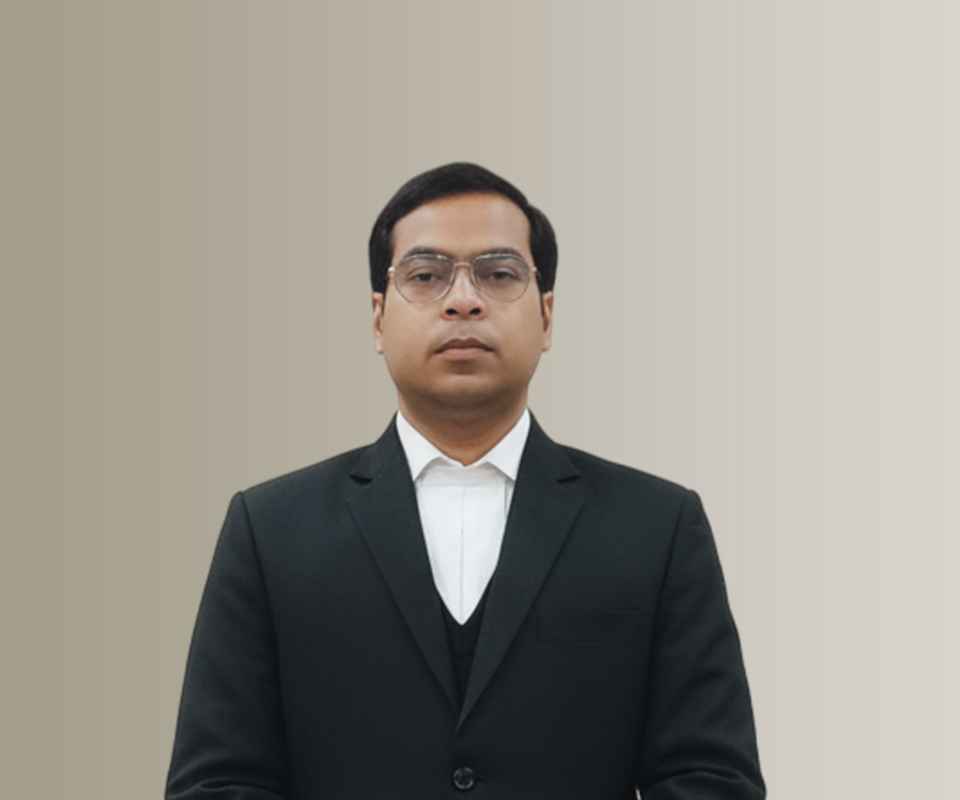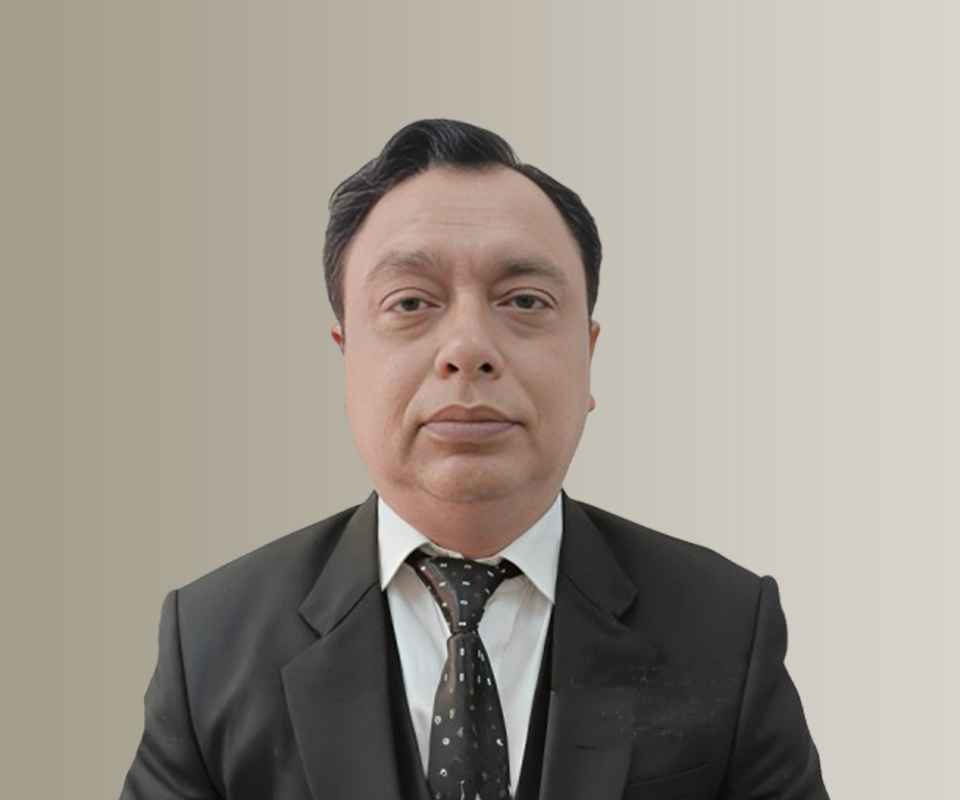Answer By law4u team
India’s copyright law has evolved significantly since its introduction in the 1950s to meet the demands of a changing technological landscape and to comply with international standards. Initially, focused on print media and tangible works, the law has progressively expanded to include digital media, software, and online content. Major amendments have been introduced to protect the rights of creators while promoting a balanced approach to public access and fair use.
Evolution of Copyright Law in India:
The Copyright Act, 1957 – The Foundation of Indian Copyright Law
The Copyright Act, 1957, was the first comprehensive piece of legislation dealing with copyright in India. The law was based on the Indian Copyright Act of 1911, which was heavily influenced by the British model. The 1957 Act recognized a wide range of creative works—literary, dramatic, musical, artistic works, and cinematographic films.
Key Features:
The initial Act protected works for 50 years from the death of the author.
It provided exclusive rights to authors and creators to reproduce, distribute, and adapt their works.
The Act established the Copyright Office and introduced the concept of neighboring rights (related to performers and producers of sound recordings).
The Copyright (Amendment) Act, 1983
The 1983 amendment sought to improve the copyright law and bring it in line with the growing importance of the film and broadcasting industries. The amendment brought several significant changes:
Expanded Scope of Protection:
It introduced protection for new categories of work, including cinematographic films and sound recordings.
Broadcasting Organizations:
For the first time, broadcasting organizations were given rights similar to copyright to protect their broadcasts.
Moral Rights:
The amendment recognized the moral rights of authors, such as the right to attribution and the right to object to derogatory treatments of their work.
The Copyright (Amendment) Act, 1994
This amendment was a significant step forward, bringing Indian copyright law in line with the World Trade Organization (WTO) requirements, particularly with the TRIPS (Trade-Related Aspects of Intellectual Property Rights) agreement.
International Compliance:
It extended the term of protection for most works to 60 years (from 50 years), aligning India’s standards with the Berne Convention and WIPO treaties.
Software Protection:
The amendment also extended copyright protection to computer programs as literary works, acknowledging the growing role of software in modern industries.
Neighboring Rights Extended:
Protection for performers and producers of sound recordings was strengthened, acknowledging their contribution to creative works.
The Copyright (Amendment) Act, 2012
As technology advanced and digital content became dominant, the 2012 amendment was introduced to address challenges arising from the digital age. Some key changes included:
Digital and Internet Provisions:
The amendment recognized the issues related to digital piracy, downloading, and illegal streaming. It introduced provisions related to the unauthorized use of copyrighted works on the internet, making digital infringement a punishable offense.
Orphan Works:
The amendment allowed the use of orphan works (works whose owners cannot be traced) for non-commercial purposes, primarily by libraries and archives.
Fair Use Doctrine:
It expanded the scope of fair use, particularly for educational and research purposes, allowing greater use of copyrighted material in academic and non-commercial settings.
Expanded Enforcement Mechanisms:
It provided stronger enforcement mechanisms to address issues like online piracy, enabling authorities to take more decisive action against infringers.
The Copyright (Amendment) Act, 2019
The 2019 amendment aimed to address emerging issues, especially the growing significance of digital platforms and content streaming services.
Protection for Producers of Sound Recordings:
The amendment granted producers of sound recordings the right to collect royalties for the public performance of their works.
Protection of Performers’ Rights:
The rights of performers were further strengthened, including provisions to prevent unauthorized reproductions and performances.
Copyright and Online Platforms:
Provisions were introduced to ensure that online platforms could not host infringing content without being held responsible for ensuring compliance with copyright laws.
Technological Protection Measures (TPMs):
The Act provided legal protection to TPMs, including Digital Rights Management (DRM) technologies, which prevent unauthorized access and duplication of digital content.
Challenges and Future Developments
As India’s creative industries expand, new challenges continue to emerge. The rise of the internet and streaming services such as Netflix and YouTube, along with the growing consumption of user-generated content, poses new issues for copyright enforcement. The growing use of AI in creating content, digital piracy, and the need for global copyright harmonization are important areas where Indian copyright law may evolve in the future.
Potential Changes:
The law may see further amendments to address issues like AI-generated content, where ownership and attribution rights are still ambiguous.
Stronger protection of digital content may be needed, especially in terms of enforcement against piracy on social media and video-sharing platforms.
Example
A software developer in India creates a new program, and under the 1994 amendment, this program is automatically protected as a literary work under copyright law.
If someone uses the software without authorization or downloads it from an illegal site, the developer can take legal action for copyright infringement, seeking damages and a cease and desist order.
India's copyright law continues to adapt to the evolving landscape of creativity, technology, and digital content. These developments ensure that creators' rights are protected while promoting the free flow of information and innovation. Let me know if you need more details!







